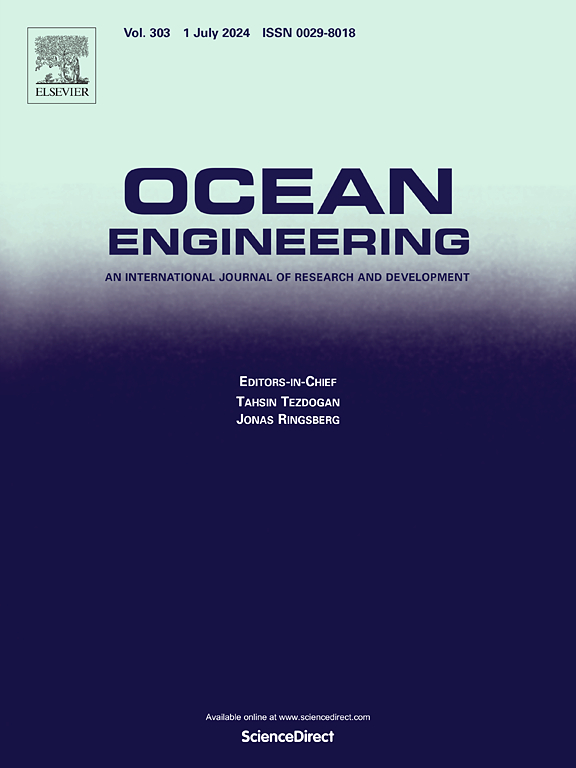Safety-critical anti-disturbance control of tugs for collaborative berthing
Abstract
It is a challenging task for large ships themselves berthing in port areas even for an experienced captain. This paper addresses the collaborative berthing by utilizing tugs maneuvering at low speeds for operating a ship. A safety-critical anti-disturbance control method is proposed for collaborative berthing subject to the contact force constraint, velocity constraints, ship constraints referring to constraining the tugs velocities in the body frame of the ship and the angular rate of the ship, as well as ocean disturbances. First, a finite-time kinematic control law is developed for each tug to track the desired position and heading prescribed by using the relative distance between two tugs and the heading of port shoreline. Next, an extended state observer (ESO) based on robust exact differentiator (RED) is used for each tug to estimate the model uncertainties and environment disturbances. Then, a safety-critical anti-disturbance control law is designed for each tug by employing an RED-based ESO. Finally, through converting the contact force constraint and ship constraints to velocity constraints on tugs, a quadratic programming problem is solved to obtain the collaborative velocity signals for achieving the collaborative operation of the connected tugs subject to velocity constraints. It is proven that the closed-loop control system is finite-time input-to-state stable and the safety during collaborative berthing can be guaranteed in the presence of environmental disturbances. Simulation results are given to substantiate the efficacy of the proposed safety-critical anti-disturbance control method of tugs for collaborative berthing.

 求助内容:
求助内容: 应助结果提醒方式:
应助结果提醒方式:


